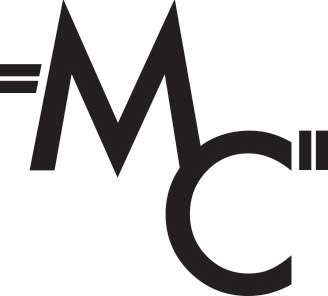PROBLEM STATEMENT:
The current toolset for our playout (radio) platforms was outdated and built on obsolete technology. Funding had been secured to overhaul the existing single-server applications and transition to cloud-based systems. This initiative aimed to reduce the system's footprint, enable web-based accessibility, and deliver a more automated and user-friendly experience within the context of an intricate, multitasking environment.
RESULTS:
Savings of over $6M a year once fully operational
- Reduction in workforce by 50%
- Decrease scheduling time for PDs by 30%
- Decrease dependency on need of physical studio by 20% year one
- Minimize overall footprint by going cloud
- Decrease hardware costs by 65%
- Increase anytime accessibility
- Increased system usability
The Process
We conducted 25 field interviews, engaged in nationwide in-studio shadowing, and evaluated the usability of current tools to initially validate ideas. Our assessment focused on the existing suite of applications, which included a music scheduler, playout system, and streaming platforms.
During this process, we uncovered a fragmented user experience characterized by excessive task repetition, leading to heightened human error rates and adversely affecting paying advertisement customers. Furthermore, we confirmed that legacy user interfaces lacking data integration (resulting in a reliance on paper) and dependency on hardware significantly influenced future design considerations.
Design Iterations
Our initial focus centered on play-out systems for a single station, emphasizing core capabilities and a modernized user interface on a scalable platform. However, during the design and testing phase, our stakeholders raised an important question: "Can we leverage one Program Director (PD) to program more than one station simultaneously?" This proposition aimed to achieve additional workforce savings and enable on-air talent to concentrate on connection rather than scheduling music.
This new one-to-many relationship introduced a significant user challenge related to cognitive load and mental models, necessitating exploration and validation. We discovered that while some technically adept and multitasking Program Directors were capable of handling multiple stations, brands, and personalities, most lacked the capacity to manage such complexity. This insight enabled us to persuade the business that a one-size-fits-all approach was not suitable. Instead, we focused on designing an experience that could accommodate various mental models, thereby ensuring usability across diverse user profiles.
Future Features
Through our research, we identified one of the major pain points for talent: the lack of readily available data to connect with their listeners. Many talent members were conducting their own research and arriving with stacks of papers to stay relevant and deliver quality content. In response, we tested surfaced data integrations for "in-the-moment data" (such as trending artist information, promos, text, social media updates, and inter-office messaging). This approach allowed talent to focus more on connecting with their audience, reduced the need for switching between applications, and minimized the time spent on preparation and research.
Additionally, we uncovered unique use cases for immersive experiences to assist Program Directors (PDs) in connecting with the city, the audience, and the music on a deeper level.
